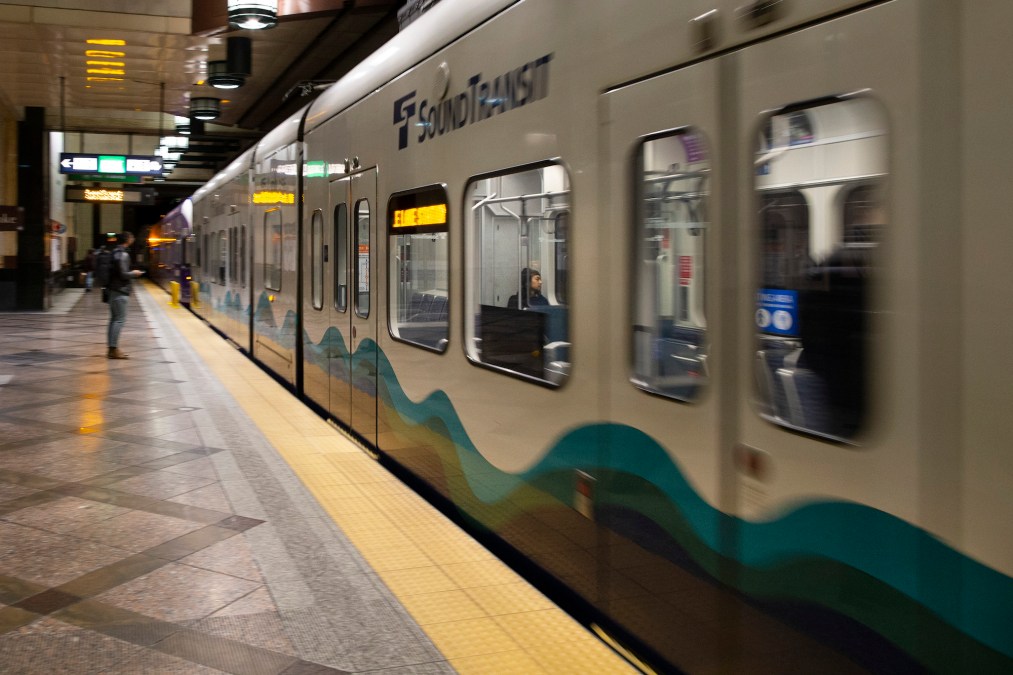County transit planners tap software for GIS non-experts

Two large metropolitan counties are testing new transit planning software from Via, a transportation technology firm, that enables transit planners and data specialists to work together to design new services.
King County, Washington, home to Seattle, and Miami-Dade County, Florida, are using a beta version of Via’s new “on-demand planning” software, which allows officials to aggregate data from different modes of transit into a single, interactive map. Casey Gifford, an mobility planner in King County, said she used the software to simulate what effects new ride-hailing pickup lanes near light-rail stations could have on transportation costs.
“It allows for greater collaboration between GIS experts and non-GIS experts,” Gifford said. “Obviously if they were designing something purely in GIS, they can’t easily share that in a format that us folks who don’t use GIS can further manipulate.”
King County currently has a partnership with Via, which also develops a ride-hailing app, to transport residents to and from transit hubs in the city, like bus stations and shopping centers. There are four service areas throughout King County where residents can use Via, but Gifford said she’s considering adding more.
Using data that was previously siloed across different county programs, Gifford said she’s able to use the software to draw a shape around a new service area and adjust parameters, like service hours, expected ridership, hourly costs, percentage of trips that start or end at different hubs and desired wait times.
Miami-Dade County is using Via to explore multi-modal transit, including substituting fixed-route buses with more on-demand ride-hailing options. Carlos Cruz-Casas, assistant director of the Miami-Dade County Department of Transportation, said in a press release that he used the software to show his director that “with the same number of vehicles, we can offer better service, and save resources that could be reallocated into increasing fixed-route frequency on higher demand routes.”
Via’s software is built on a platform initially designed by Remix, a digital mapping company it acquired last March. The Remix software was designed to allow officials to easily access several neighborhood data layers at once. Data layers can include on-demand transit services, fixed-route bus or rail lines as well as demographic data, like how many people in a neighborhood own cars or have jobs that require them to commute. Rather than relying on GIS specialists to develop maps for her, Gifford said, she’s able to work alongside them using the software.
“Different tools are more or less accessible to different staff,” Gifford said. “For example, some staff like myself don’t really use GIS, so I would be more reliant on my colleagues to pull data for me, and then I’d have to compare the maps that they produce with those different data layers on it to another tool that would allow me to draw a service area.”
The more transit information that’s easily available, Gifford said, the better those services are going to work for the community.






